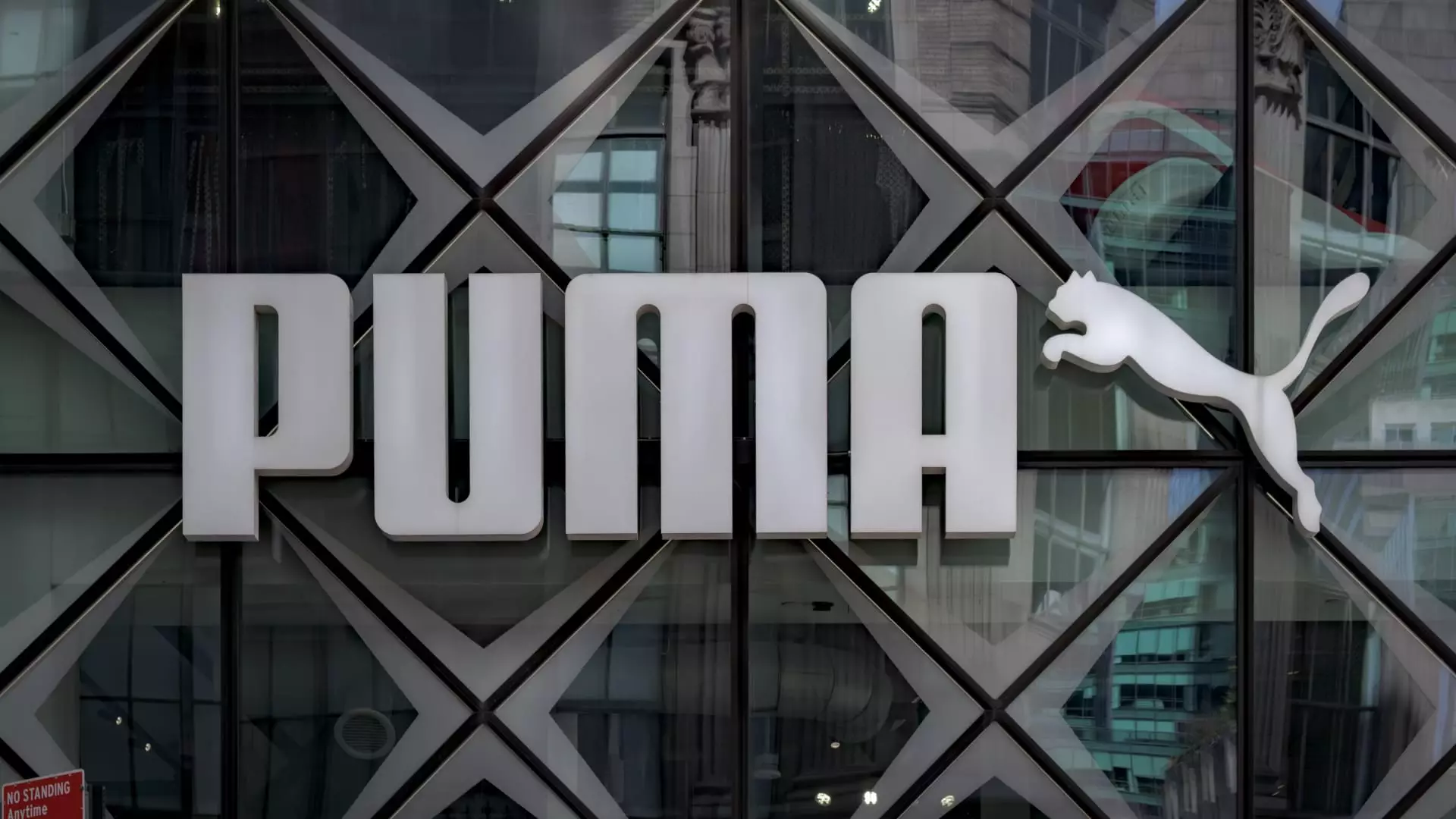The recent financial setbacks experienced by Puma serve as a stark reminder of how vulnerable even well-established brands are in the face of volatile geopolitical and economic shifts. Once a symbol of athletic excellence and innovative design, Puma now finds itself grappling with declining sales, mounting inventory, and bleak future projections. The company’s dramatic share price plunge, dropping as much as 18%, underscores the fragility of its current standing. It’s a compelling case study demonstrating that in today’s interconnected and unpredictable global market, no brand is invincible — especially when external factors such as tariffs and shifting consumer preferences threaten to undermine core business models.
Missteps and Market Reality
Puma’s recent financial performance reveals more than just bad luck; it exposes internal shortcomings that have been masked by previous optimism. The company’s failure to meet sales forecasts, with a modest 2% drop in Q2, signals that the brand’s strategy might be out of touch with the current market landscape. Puma’s decision to frontload inventory into the U.S. before tariffs escalated, intended to shield profits, instead backfired by inflating stock levels and creating excess. Such tactical errors highlight a broader issue: an absence of agility and foresight within corporate leadership. It’s not merely external pressure at play — Puma’s internal miscalculation and sluggish adaptation have been equally culpable for this decline.
Tariffs as a Punishing Force
Trade tariffs, particularly between the U.S. and China, appear to have inflicted significant damage on Puma’s top and bottom lines. The company estimates that tariffs will harm gross profits by roughly 80 million euros in 2025, a sobering figure considering the already declining sales. Yet, more troubling is Puma’s acknowledgment that it still plans to raise prices to offset these impacts. This move risks alienating consumers who are already burdened by economic uncertainties and rising living costs. Moreover, the company’s reduced import plans and the phased price hikes suggest a reactive rather than proactive approach, revealing deeper strategic vulnerabilities. It is clear that amidst mounting external pressures, Puma struggles to find a sustainable competitive edge without passing costs onto consumers.
Leadership and the Reckoning
The appointment of a new CEO, Arthur Hoeld, marks an attempt at rejuvenation, but such leadership changes often come too late or merely scratch the surface of deeper issues. Hoeld’s candid admission that Puma must “take a hard look at itself” is both truthful and revealing. It underscores that the current crisis isn’t solely rooted in macroeconomic forces but also in internal failings — complacency, misaligned product offerings, and a lack of clear brand differentiation. A reset of the brand’s identity and a sharper focus on innovation are imperative. Until Puma acknowledges and actively rectifies these internal flaws, hopes for a swift turnaround remain optimistic at best.
The Industry at a Crossroads
Puma’s predicament should serve as a wake-up call for the entire sportswear industry, which is increasingly marked by aggressive price competition and rapidly evolving consumer demands. The company’s reluctance to lead with higher prices in the U.S. reflects a cautious stance, yet it may also signify a deeper fear of losing market share. In a landscape where competitors with stronger footholds are ready to absorb tariff pressures or pass them onto consumers more boldly, Puma’s conservative approach could leave it further behind. This company’s struggles exemplify the broader challenge facing brands trying to balance globalization, local market pressures, and brand authenticity without sacrificing profitability or identity.
In an era where geopolitical instability can erase years of brand value overnight, Puma’s current trajectory demonstrates that resilience isn’t just built on product lines or marketing campaigns — it fundamentally hinges on strategic agility, internal introspection, and the courage to adapt even when it’s uncomfortable. As the industry evolves, only those willing to confront their flaws directly and navigate complexity with clarity will emerge stronger. Puma’s story is far from over, but its future now depends on whether it can learn from its mistakes and reclaim a meaningful place in the fiercely competitive sportswear arena.

